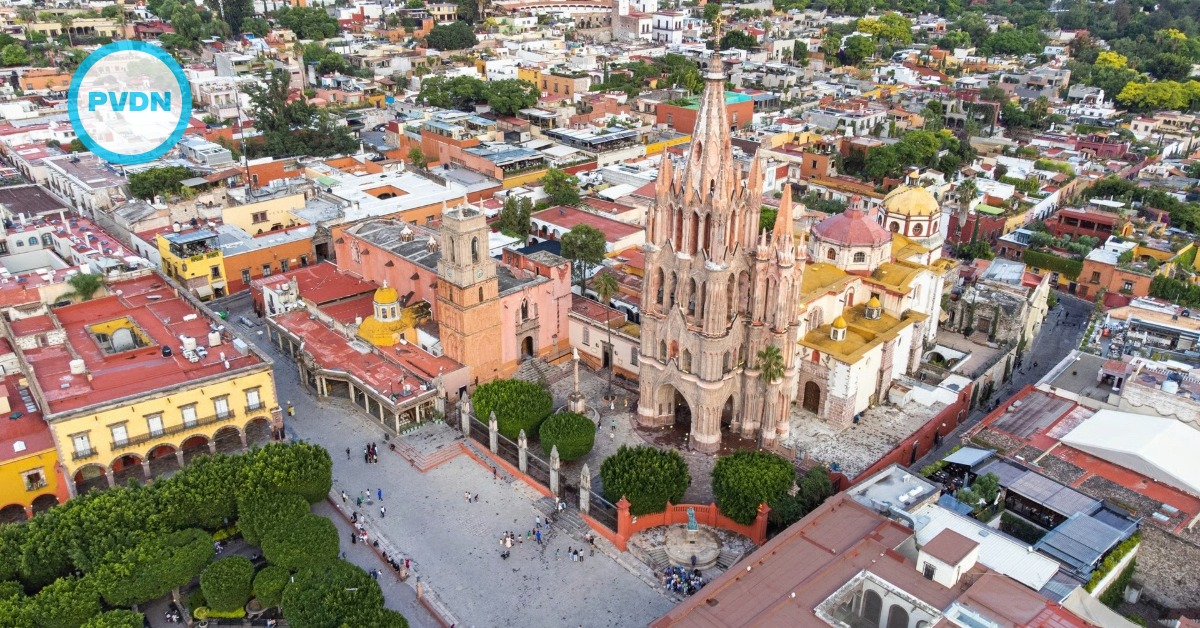In Mexico, dengue infections increased in the first half of the year. Compared to January 1 to June 15, 2019, and 2020, the positive cases went from 2,882 to 4,045. And the worst infection period comes with the arrival of the rains and the proliferation of the transmitting mosquito.
However, the National Center for Preventive Programs and Disease Control (Cenaprece) reports that it has a lower budget for the purchase of insecticides. Last year it received $213.9 million pesos (MDP) to purchases the chemicals in 32 states, but this year it will only exercise . . .






